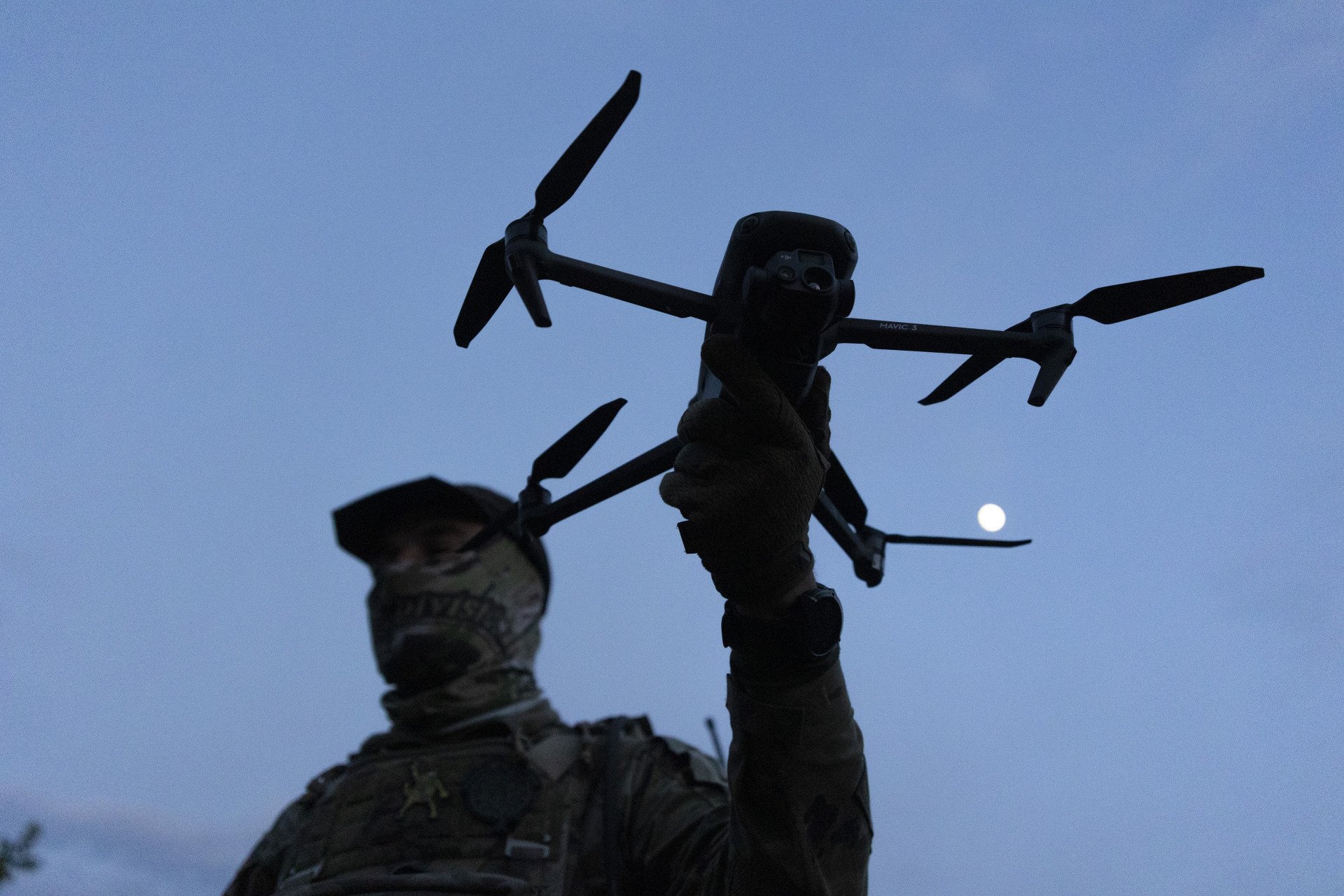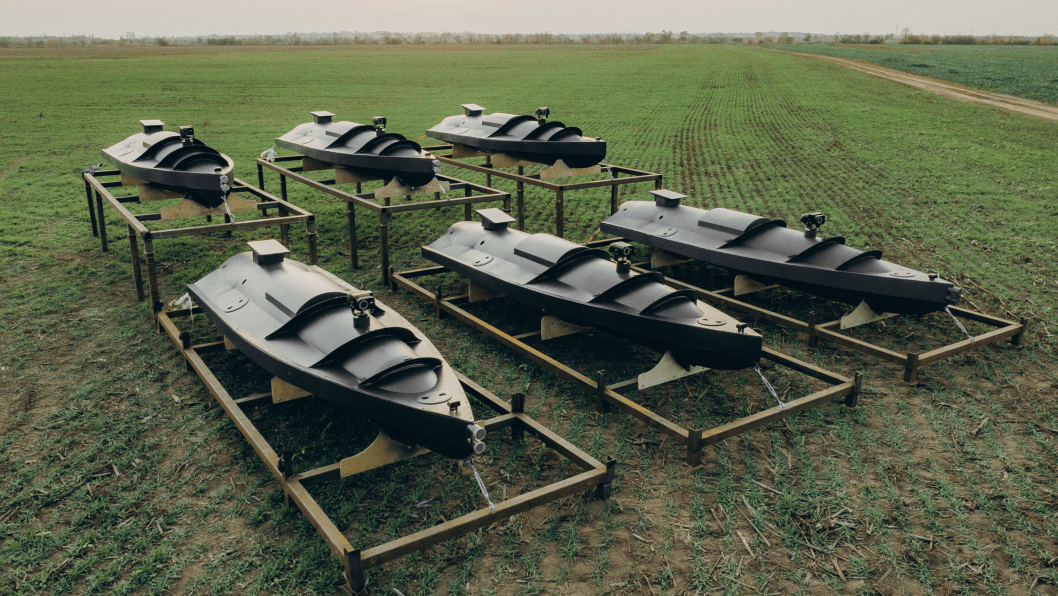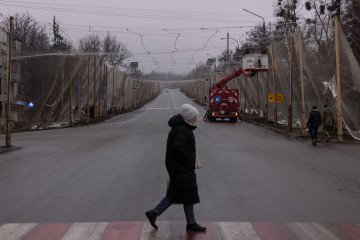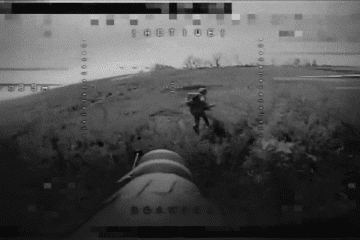- Category
- War in Ukraine
How Ukraine Turned a Point-Based Rewards System Into an Effective Model for War Management

Ukraine has rolled out a system where frontline units earn points for every enemy target they destroy—points they can redeem for more weapons. It’s a results-first approach that gives even low-profile but lethal teams the firepower to hit Russian troops harder, faster, and more often.
Ukraine’s Ministry of Digital Transformation launched a project in late 2024 called Army of Drones Bonus, or informally, “e-points”. The concept is simple: every unit that eliminates Russian military targets using drones and provides video proof receives a set number of points. These points can then be exchanged through a dedicated system for new drones, whether FPVs, bombers, or other types. The scoring system puts a value on every hit:
6 points for eliminating an enemy soldier
20 points for damaging a tank
40 points for destroying a tank
Up to 50 points for eliminating a mobile rocket system, depending on its caliber
Ideally, every unit in a war should get drones. And this project isn’t about splitting resources; it’s about supercharging the most effective teams. The better a unit performs, the more firepower it gets to take out Russian forces and hardware. In short, results unlock more destruction.
Some Ukrainian drone teams have made headlines — but many others, just as deadly, fly under the radar. The Army of Drones Bonus system ensures that even these low-profile units can access more weaponry without needing media exposure. UNITED24 Media obtained exclusive data on the top 10 drone units from January and February. Half of them are virtually unknown, yet they rack up millions in Russian losses every month. For security reasons, their names remain classified.

High-performing units are prioritized when it comes to receiving drones. They choose the drones they need; they’re not assigned equipment through top-down orders or a one-size-fits-all policy. This is a form of decentralization, and the ability to make decisions on the ground has proven effective since the earliest days of Russia’s full-scale invasion.
Another advantage of the Army of Drones Bonus program is that it reveals which types of UAVs are actually favored in combat. This helps the government place more accurate and long-term orders with manufacturers, encouraging them to scale production. Consistent orders are critical to industrial growth. One of the biggest challenges for Ukraine has been that smaller manufacturers often struggle to meet demand, and their products come with long lead times. Long-term contracts are one way the state supports domestic producers.
Frontline tested and proven
We spoke with the commander of a platoon working closely with UAV teams from one of Ukraine’s prominent brigades to understand how the Army of Drones Bonus system is playing out on the ground. At first, they weren’t sold on the e-points system. But that changed fast. As combat intensified, drones became the go-to weapon for hitting Russian forces and equipment. Losses soared. Demand exploded. And the old method of evenly distributing drones simply couldn’t keep up.
Army of Drones Bonus allowed their brigade to acquire more equipment faster. Operating in a high-intensity zone, Ukrainian soldiers face constant engagements and need large quantities of drones. Now, they’re getting them.
While some delivery delays happen, turnaround times range from two weeks to a month. By showing results, they secure even more drones, allowing them to plan bolder operations and take calculated risks. Their brigade is consistently ranked in the top five each month.
We also spoke with a member of a lesser-known brigade whose UAV teams quietly outperform many of their flashier counterparts. Despite their low media profile, their drone teams often rank in the top 10 for effectiveness. Thanks to the Army of Drones Bonus, they don’t need to crowdfund. Just prove results and get resupplied.

This model is becoming the norm. Ukraine may be spending over $1 billion a year on drones and receiving significant shipments from allies, but it’s still not enough. Russian electronic warfare is strong, and the war’s intensity means drones often replace artillery shells. Ask any Ukrainian soldier, and they’ll tell you: we always need more drones.
That’s what makes this program different. Army of Drones Bonus cuts through the chaos, giving the most effective units what they need, when they need it, based on battlefield performance alone.
Digitizing the battlefield
Following the launch of the e-points system, Ukraine introduced Brave1 Market—a defense technology marketplace for soldiers. Think of it as an Amazon-style hub, featuring over 1,000 items: UAVs, ground robots, electronic warfare and signals intelligence systems, AI-powered tools, software, and munitions.
The goal is simple: close the information gap. Many units have no idea what tools are out there — or how to get them. Brave1 Market changes that. It gives Ukrainian soldiers direct access to equipment they believe in, like gear they’ve used before, or want to try. This, too, reflects Ukraine’s strategy of decentralization: more power to the front lines, less red tape from Kyiv.
What’s unique is that Ukrainian military units manage their own budgets and can directly spend funds. They can choose what they need from the open Brave1 catalog or from the classified military’s situational awareness network Delta, then contact manufacturers to negotiate direct contracts.
Soon, the Brave1 Market will integrate with the Army of Drones Bonus system, allowing units to use their earned points to “purchase” any item from the marketplace in addition to what they receive through centralized supply.
The overarching goal of these changes is clear: arming the most effective units with more tools and giving them the freedom to adapt on their terms. In the early days of the full-scale invasion, local commanders were given the autonomy to act quickly, a key factor in slowing and eventually repelling Russian advances. Decentralization equals speed.
The innovations described above are the next step in that strategy: empowering those closest to the front lines with more agency and better equipment.

-29a1a43aba23f9bb779a1ac8b98d2121.jpeg)

-f88628fa403b11af0b72ec7b062ce954.jpeg)
-b63fc610dd4af1b737643522d6baf184.jpg)



-24deccd511006ba79cfc4d798c6c2ef5.jpeg)